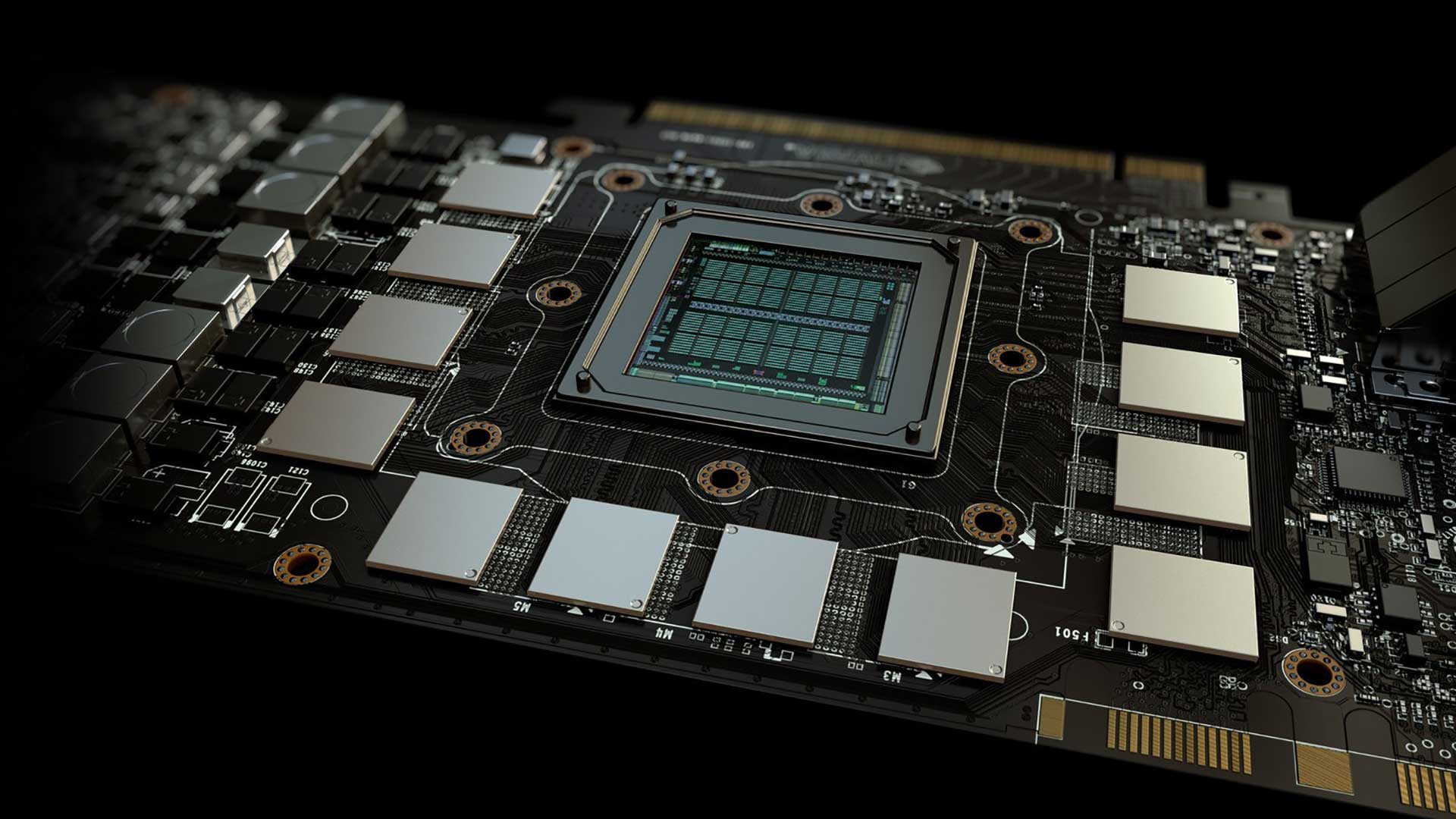Progress in the field of graphics cards is moving forward at an incredible pace. New technologies are constantly emerging to improve efficiency and overall productivity. But there is one element that has stalled in recent years. We are talking about VRAM, that is, video memory, which is an integral part of every video card. It stores important data, in games a larger amount of video memory allows, for example, to improve textures, shadows and other quality settings, this is the key, above all, for higher resolution.
Of course, progress in the field of card performance is also associated with progress on the side of the games themselves, which are moving forward in all respects – improved graphics, implemented ray tracing and other conveniences. However, such things take away not only power, but also VRAM. While his ability has not received much attention until recently, in recent AAA games he is starting to show that he could become practically decisive in the future.
Forspoken was one of the first games this year to showcase VRAM requirements. True, it’s not a very optimized or beautiful game, but it’s far from over. Literally a few days later, a remake of Dead Space was released, and in February – Hogwarts Legacy, where this problem was talked about the loudest. It turns out that popular cards like the RTX 3070 with 8GB or the RTX 3080 with 10GB of VRAM are reaching their limits and at higher resolutions with ray tracing enabled (which is quite demanding on VRAM) can be even less powerful than the rest. significantly weaker than the RTX 3060, which, however, has 12 GB of video memory. A detailed test was prepared by the Hardware Unboxed channel, which tested the game on 53 video cards. At Hogwarts, probably the most demanding location in the entire game, it turned out that with ray tracing turned on, a 10 GB RTX 3080 is not enough even for Full HD.
Slowly moving into the present, the recently released Resident Evil 4 remake is another example of a VRAM-intensive game. This time I can confirm it from my own experience. I played RE4 on an RTX 3070, I went to a custom resolution of 3200 x 1800 with RT disabled and 2 GB of textures to fit in the amount of VRAM. However, I experienced about three times while playing that the game needed more VRAM than the card offered, and the data had to be stored in system memory, resulting in severe framerate drops. Fortunately, it resolved fairly quickly and was an exceptional situation.
RE4 has been disassembled in some detail by YouTuber Daniel Owen. In the first video, he basically shows a situation where the game completely crashes due to lack of VRAM, which should not be. But as he describes in the second video, this is a specific problem in this ray-traced game, when you turn it off the game does not crash, although of course there can still be a significant slowdown and 1% fps degradation when the video memory limit is exceeded.
For now, the latest example of players complaining about VRAM requirements is the very recent PC port of The Last of Us Part I, which was once again tested by the Hardware Unboxed channel. With the Ultra preset, 8 GB is not enough even in Full HD resolution. The average frame rate is not bad, but you will see very annoying stutter and therefore also a low 1% FPS. Owners of such graphics need to move down the preset to High (or play around with the settings in more detail) to achieve the desired smoothness.
So, as you can see, video memory is becoming more and more of a problem, especially in modern games. In addition, let’s not forget that we still have games created on Unreal Engine 5, which will use all the new technologies. And it is likely that the requirements will gradually increase.
It’s somewhat ironic that Nvidia heavily emphasizes ray tracing in their marketing, but it can take up a lot of video memory. At the same time, it is Nvidia that tends to be relatively stingy with video memory. For review, I prepared charts with individual levels of video cards and video memory capacity by generation over the past almost 10 years. While video memory capacity has grown relatively rapidly at higher performance levels, this is no longer the case for lower and much more popular models. Sometimes we can even see a regression, as it should be, such as now with the RTX 4060, which according to the leaks should only have 8 GB. And the fact that the prices of individual models have risen significantly over the years (especially in the latest generation) is not reflected in the graph.
So if the trend towards VRAM-intensive games continues, as it likely will, I’m very curious to see if that affects sales of Nvidia cards. Although AMD lags behind in some technologies, it is significantly better in terms of video memory. For example, the current Radeon RX 7900 XTX offers 24GB compared to the RTX 4080’s 16GB, the RX 7900 XT offers 20GB compared to the 12GB RTX 4070 Ti. However, this also applies to the latest generation, probably the best example being the relative price cards in the form of RX 6800 with 16GB and RTX 3070 with 8GB of VRAM.
What do you think of the whole situation? After your recent experience when buying a video card, will you be more interested in the amount of video memory?
Source : Zing

